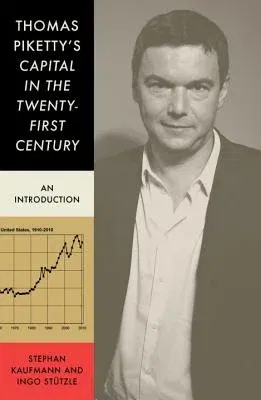An introduction to Thomas Piketty's monumental work
US Nobel Prize-winner Paul Krugman described Thomas Piketty's Capital
in the Twenty-First Century as "perhaps the most important book of the
last decade." It has sparked major international debates, dominated
bestseller lists and generated a level of enthusiasm--as well as intense
criticism--in a way no other economic or sociological work has in a long
time. Piketty has been described as a new Karl Marx and placed in the
same league as the economist John Maynard Keynes.
The "rock star economist's" underlying thesis is that inequality under
capitalism has reached dramatic levels in the last few decades and
continues to grow--and that this is not by chance. A small elite is
making itself richer and richer and acquiring everincreasing levels of
power.
Given the sensational reception of Piketty's not-so-easily digested
800-page study, the question as to where the hype around the book comes
from deserves to be asked. What does it get right? And what should we
make of it--both of the book itself and of the criticism it has
received? This introduction lays out the argument of Piketty's
monumental work in a compact and understandable format, while also
investigating the controversies Piketty has stirred up. In addition, the
two authors demonstrate the limits, contradictions and errors of the
so-called Piketty revolution.

